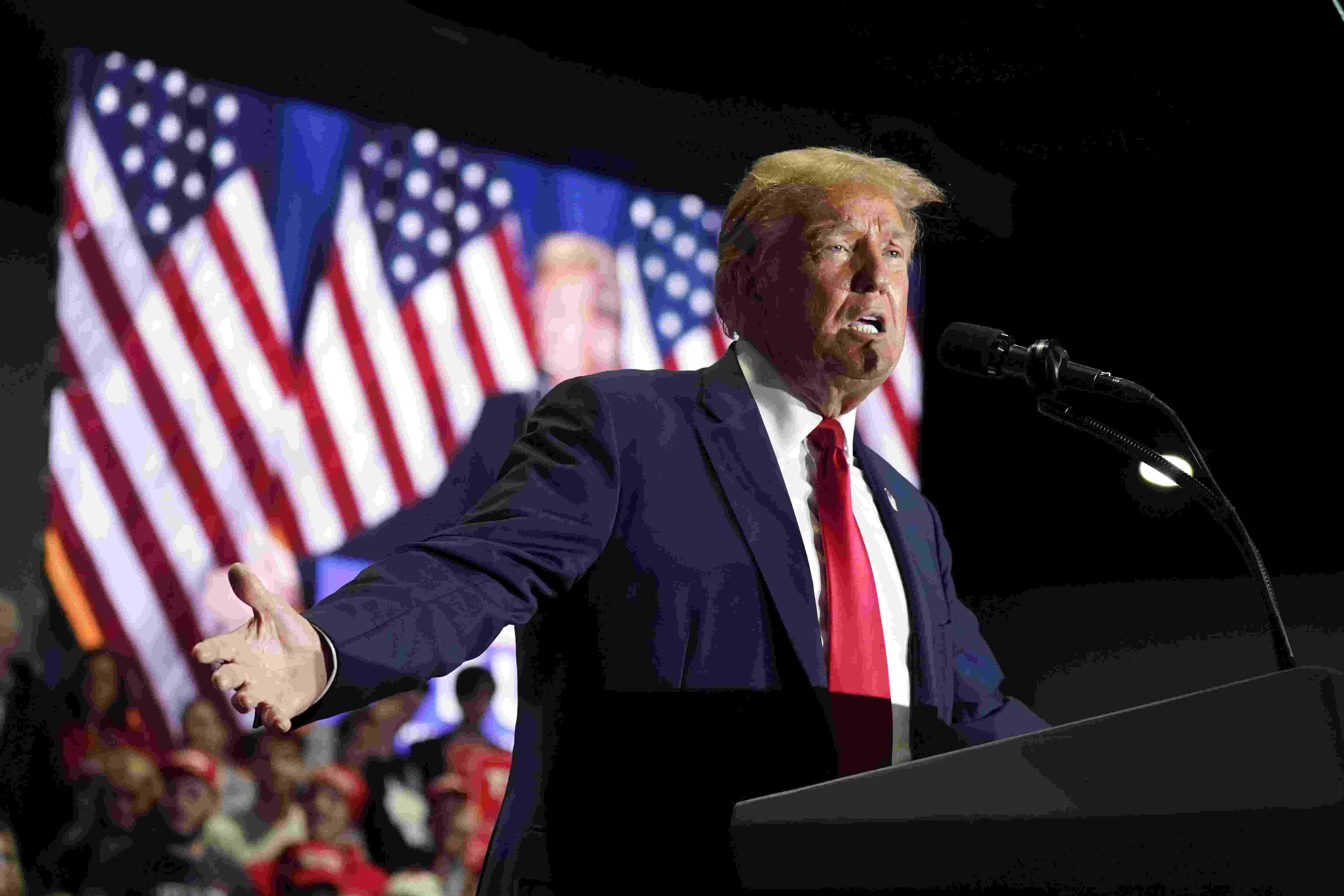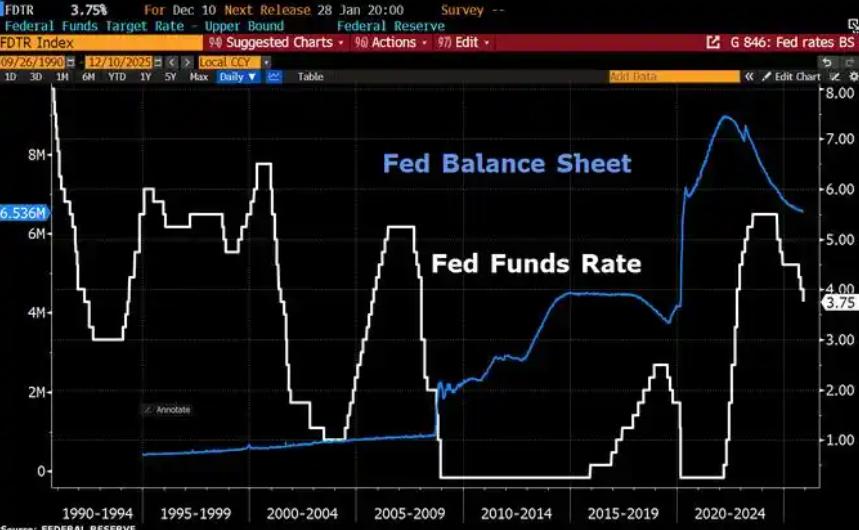
On April 2, 2025 local time, US President Trump signed two executive orders at the White House regarding so-called "equivalent tariffs", announcing the establishment of a "minimum benchmark tariff" of 10% for trading partners and the imposition of higher tariffs on certain trading partners. Among them, China, the European Union, Japan, Vietnam, and India were respectively subject to 34%, 20%, 20%, 46%, and 26% tariffs. This measure is like a heavy bomb, causing a storm in the global economic field. The "tariff stick" wielded by Trump may seem like a powerful weapon to safeguard the US economy, but in reality, it has brought a series of complex and far-reaching impacts to the US itself.
From an economic perspective, the increase in tariffs first directly impacted American consumers and businesses. For consumers, the price of imported goods has increased due to the rise in tariffs, resulting in a significant increase in the cost of living. As a consumption driven economy, the purchasing power and willingness of consumers in the United States are crucial for economic growth. Taking high-quality and affordable daily necessities imported from China as an example, after the imposition of tariffs, the prices of these goods in the US market have risen, forcing ordinary American households to pay more for them. This undoubtedly compresses consumers' spending in other areas and suppresses the vitality of the consumer market.
For American companies, especially those that rely on imported raw materials and components, the cost pressure brought by tariffs is heavy. In today's highly globalized world, American companies are deeply integrated into the global industrial chain, and the production of many products requires importing intermediate products from around the world. For example, in the automobile manufacturing industry in the United States, some key components are imported from Canada, Mexico, and other places. After the imposition of tariffs, the procurement costs of enterprises have significantly increased. In order to maintain profits, enterprises either raise product prices, pass on costs to consumers, and further weaken the consumer market; Either reduce production scale or lay off employees to lower costs, which will lead to an increase in unemployment and a lack of economic growth momentum. According to some research institutions in the United States, Trump's tariff policy may cause a decrease of about 0.8% in US GDP, and the inflation center may rise by 1.2 percentage points to 4% without considering equivalent retaliation.
In the international trade landscape, the United States' "tariff stick" has disrupted the long established international economic and trade order. Since World War II, the multilateral trading system centered around the World Trade Organization (WTO) has been committed to reducing tariff barriers and promoting global trade liberalization. As a former advocate of the multilateral trading system, the current unilateral tariff measures by the United States are a blatant challenge to this system. This behavior has sparked strong dissatisfaction and countermeasures from other countries. Traditional allies of the United States, such as Canada, the European Union, and Japan, have expressed clear opposition. Canada has announced retaliatory tariffs of 25% on US steel and aluminum products, while the European Union has threatened to take countermeasures. These countermeasures have put American export companies in a difficult situation, hindering exports of agricultural products, high-end manufacturing products, and other goods. The United States' international market share has been seized by other countries. American agriculture has suffered a heavy blow, with soybean and other agricultural products lacking competitiveness in export prices due to tariffs, resulting in a large backlog and a sharp decline in farmers' income.
At the political level, tariff policies have also brought many negative impacts to the United States. Domestically, tariff policies have sparked conflicts between different interest groups. Industries and businesses benefiting from tariff protection are cheering, while those impacted by tariffs, consumers, and export dependent industries such as agriculture are complaining. This internal contradiction exacerbates social division and political polarization, posing greater challenges to government decision-making and governance. Internationally, the unilateral tariff actions of the United States have damaged its international image and alliance relationships.
Trump's' tariff stick 'did not bring the so-called economic prosperity and international status consolidation to the United States, but instead plunged it into multiple challenges such as slowing economic growth, increasing inflation, escalating trade frictions, and damaged international image. This phenomenon also sounds an alarm for other countries. In the era of globalization, unilateralism and trade protectionism are not feasible. Only by adhering to open cooperation and mutual benefit can we achieve sustainable economic development and international peace and stability.

Since 2022, the Fed has cumulatively reduced its balance sheet by $2.4 trillion through quantitative tightening (QT) policies, leading to a near depletion of liquidity in the financial system.
Since 2022, the Fed has cumulatively reduced its balance sh…
On December 11 local time, the White House once again spoke…
Fiji recently launched its first green finance classificati…
Recently, the European Commission fined Musk's X platform (…
At the end of 2025, the situation in the Caribbean suddenly…
The U.S. AI industry in 2025 is witnessing a feverish feast…